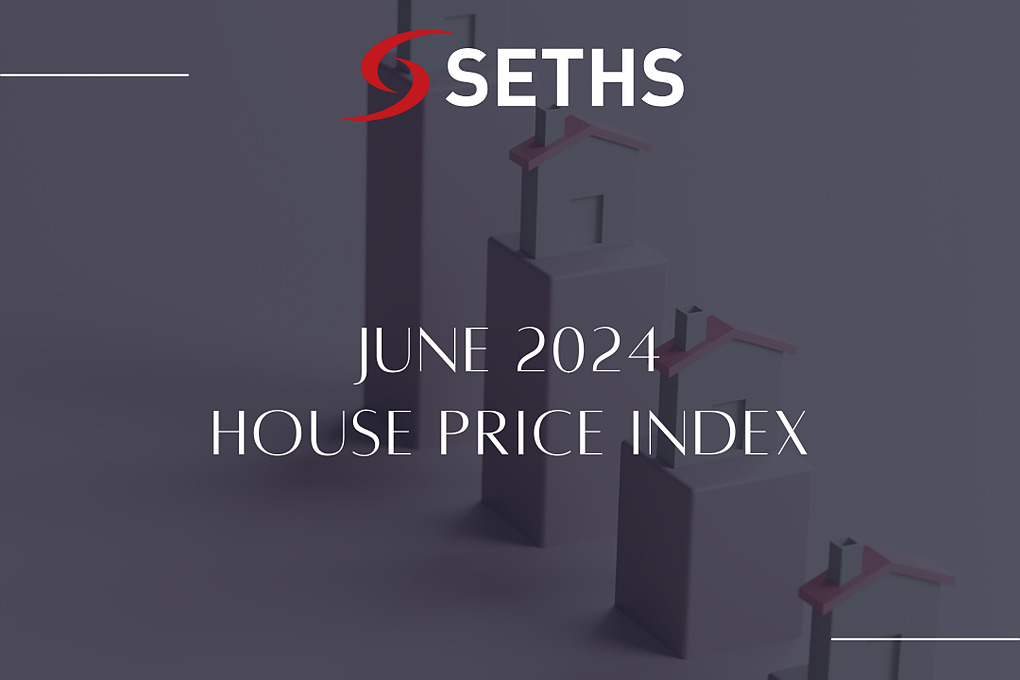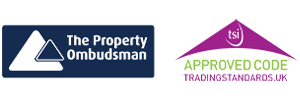House Price Index: June 2024

- Jul 1st 2024
House Price Index: June 2024
House prices have shown no inflation for May 2024 but are expected to increase by 1.5% by the end of the year. Here’s the latest on the UK housing market from the Zoopla House Price Index: June 2024.
Key Facts
- House price inflation was flat at 0% in May 2024, but UK house prices are projected to be 1.5% (£3,900) higher by the end of 2024.
- Currently, UK house prices are 8% “overvalued” but will be “fairly valued” by year-end due to rising incomes.
- House prices have increased across all regions over the last three months.
- The annual rate of house price growth remains negative in southern England but is rising elsewhere.
- Home buyers and sellers are largely undeterred by the election campaign.
- Demand (6%) and sales agreed (8%) are both higher than this time last year.
- 75% of the 1.1 million sales projected for this year are either completed or in the sales pipeline.
- The average house price in the UK is £264,900 as of May 2024.
Property prices are now at 0% inflation compared to a year ago, but the average UK house price is set to rise by 1.5% by the end of the year.
Market Activity and Trends
Home Buyers and Sellers Shrug Off Election:
The recent increase in sales market momentum has continued into June, though at a slightly slower pace than in the previous 2–3 months. New sales agreed are still running 8% higher than a year ago, and other key market activity measures are also higher year-on-year.
However, there are signs of a market activity slowdown as we approach the quieter summer period. Buyers and sellers at the start of the home-buying process when the election was called are more likely to delay their decisions until after the election, contributing to the slowdown.
Sales agreed are down slightly month-on-month across all regions, led by the North East (-6%) and West Midlands (-5%). The overall stock of homes for sale continues to grow across all regions, albeit at a slower rate than in recent months. There are still almost a fifth more homes for sale than a year ago.
House Price Inflation is Static, and Still Negative in the South:
Improved sales volumes over the first half of 2024 have led to a levelling in average house prices, reflected in Zoopla’s House price index. All regions and countries of the UK have seen an increase in house prices on a month-on-month basis since January.
The annual rate of UK house price inflation is now static at 0% in May 2024, up from -1.3% in November 2023, and +1.6% a year ago. House prices continue to register annual price falls across southern England at a slowing rate, but prices are increasing across the rest of the UK, with Northern Ireland seeing up to a 3.3% rise.
We see no evidence that price rises will pick up speed in the coming months. However, UK house prices are on track to be 1.5% higher by the end of 2024.
Annual House Price Falls Persist Across Southern England:
Three-quarters of this year’s sales are completed or in progress. Zoopla’s data shows the market is still on track for 1.1 million sales this year. Three-quarters of these 1.1 million expected sales have either been completed or are progressing towards completion. There are still over 250,000 sales yet to be agreed, which we expect to complete by the end of 2024.
The 1.1 million sales figure is 10% higher than in 2023 but still below the 20-year average. It is positive that sales are rising despite higher borrowing costs, showing a more realistic view from sellers and renewed, cautious confidence among buyers.
The Sales Market has Proved Resilient:
The housing market has been very resilient over the last year despite rising mortgage rates, which averaged below 2% in late 2021 and stand at 4.7% today, spiking over 5% in October 2022 and again in the summer of 2023.
Higher borrowing costs have reduced the buying power of new buyers. Rather than significant price falls, the main impact has been a sharp decline in the number of sales, 23% lower over 2023. House prices haven’t fallen significantly as there have been few forced sellers. Unemployment remains low by historic standards, and relatively few people struggle to pay their mortgages despite wider cost-of-living pressures.
House prices still appear expensive on various affordability measures. We expect house price inflation to remain muted, likely rising more slowly than household incomes over the next 1–2 years.
Housing Remains Overvalued, but the Trend is Improving:
One way to track affordability is to measure how actual house prices compare to an “affordable house price,” calculated from household incomes and mortgage rates.
The recent jump in mortgage rates led to house prices being overvalued by 13% at the end of 2023. This is less severe than in the run-up to the 2007 financial crisis and the late 1980s house price bubble. Double-digit price falls followed both these periods of overvaluation. Recent price falls have been smaller as the overvaluation was more modest, and sales volumes have taken the hit.
Faster wage growth over the last three years has boosted household disposable incomes, offsetting some impact of higher mortgage rates. Mortgaged buyers have also been taking longer-term mortgages to gain that extra 5%+ buying power.
We estimate that house prices were 8% overvalued at the end of March 2024. By the end of the year, this overvaluation is expected to disappear, assuming house prices rise 1.5% and mortgage rates remain at 4.5%.
UK House Prices on Track to be Fairly Valued by the End of 2024
Interest Rates Hold the Key
The short-term outlook for the sales market will depend on mortgage rates, which depend on interest rates. Any base rate reductions over the summer and into the autumn will boost market sentiment and sales activity, although the impact on fixed-rate mortgages may be more muted.
City forecasts for base rates suggest mortgage rates will remain in the 4-4.5% range. This is sufficient to support sales volumes and low, single-digit levels of house price growth. House prices in the south of England are expected to continue underperforming the UK average as they realign with incomes. Income growth is key to supporting sales and demand into 2025.
Detailed Figures
As of May 2024, the average house price in the UK is £264,900. In March 2024, the average house price was £264,300, and in April 2024, it was £264,700. This represents a year-on-year increase of £110 or 0.0%.
Detached houses saw an average price change from £445,800 in March to £447,500 in May, a year-on-year decrease of £2,290 or -0.5%. Flats increased from £190,400 in March to £191,100 in May, a year-on-year decline of £2,030 or -1.10%. Semi-detached houses rose from £269,100 in March to £270,100 in May, a year-on-year increase of £1,950 or 0.7%. Terraced houses saw prices go from £233,700 in March to £233,600 in May, reflecting a year-on-year rise of £1,910 or 0.8%.
These figures illustrate the nuanced and regionally varied trends within the UK housing market, showing both the resilience and the areas of decline amid broader economic conditions.








